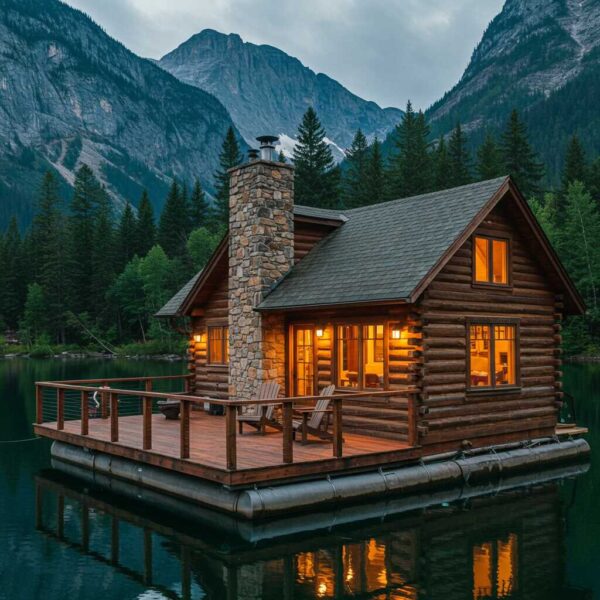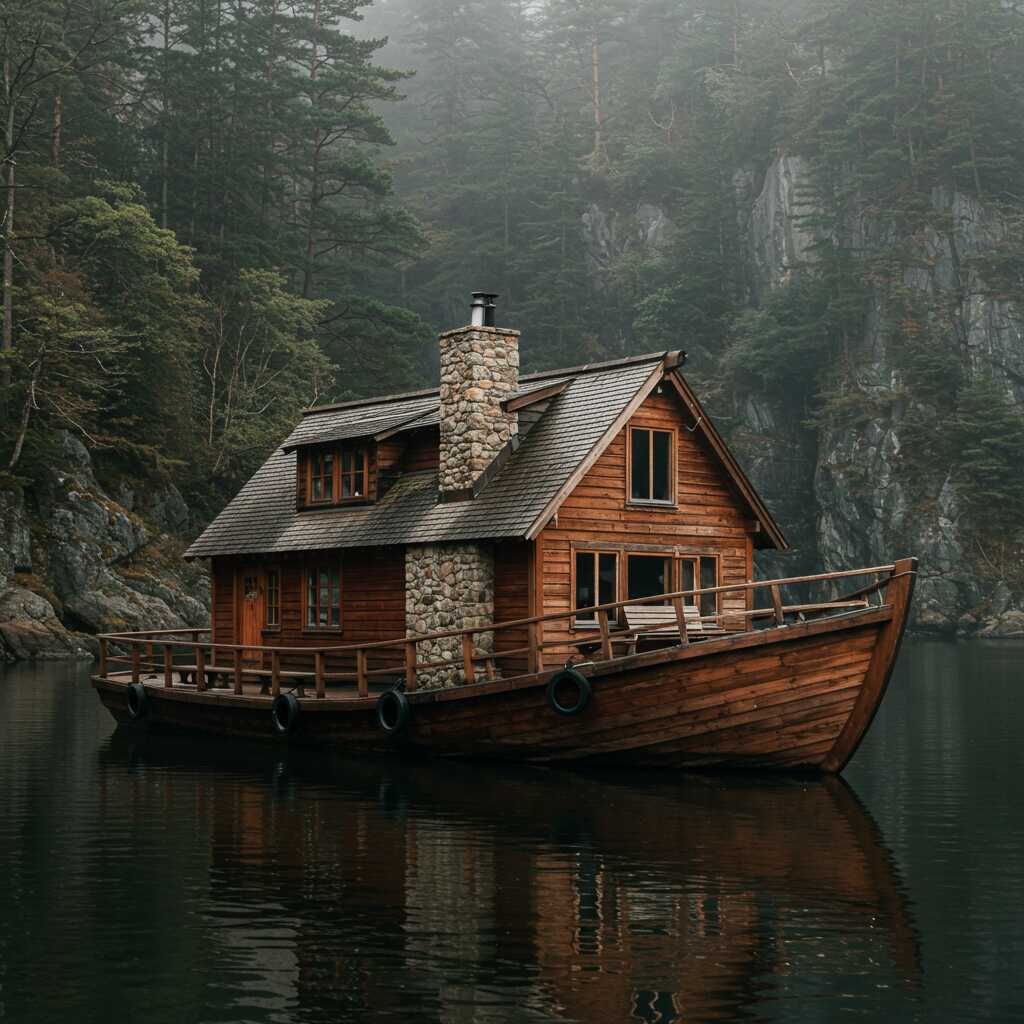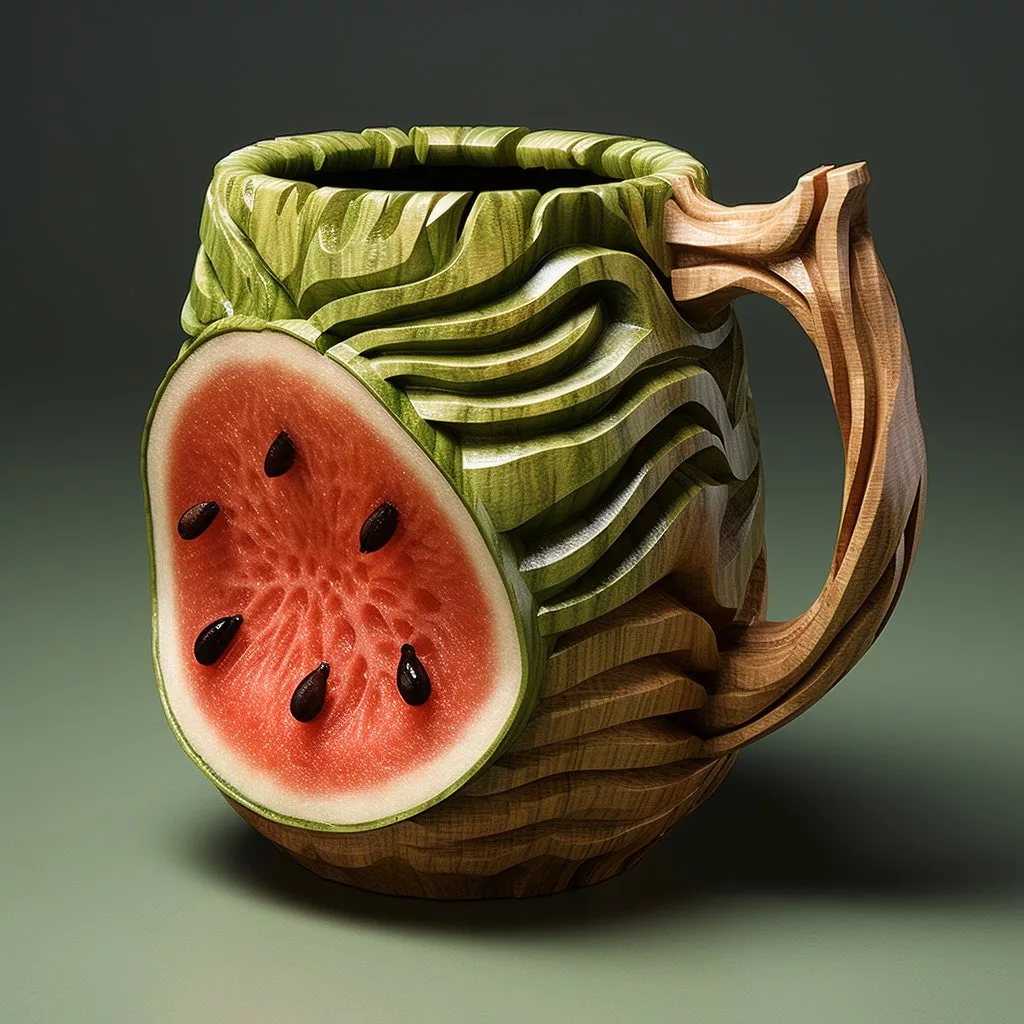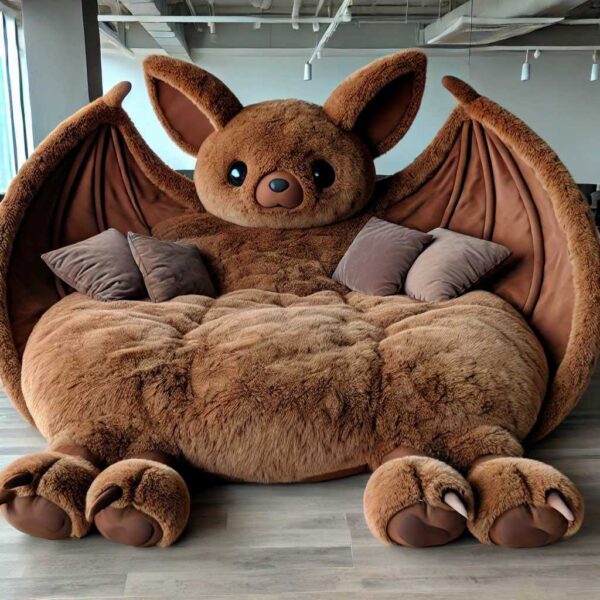In recent years, the concept of floating cabins has captured the imagination of those seeking a unique and immersive connection with nature. These structures, which seem to float effortlessly on water, offer an unparalleled blend of serenity and adventure. Whether nestled in serene lakes, tranquil rivers, or coastal bays, floating cabins provide a retreat that harmonizes with their surroundings, offering a sense of escape from the hustle and bustle of modern life.
The appeal of floating cabin design ideas lies in their versatility. They cater to a wide spectrum of tastes, from rustic simplicity to opulent luxury. For some, the allure is in the raw, unpolished charm of natural materials like wood and stone, which evoke a sense of timelessness and authenticity. For others, it’s the sleek lines, cutting-edge technology, and sophisticated finishes that define a luxe experience. Regardless of personal preference, floating cabins are a testament to innovative design and architectural ingenuity, seamlessly blending functionality with aesthetics.
This article delves into the best floating cabin design ideas for every style, exploring how these structures can be tailored to suit individual tastes while maintaining a deep connection to their environment. From minimalist interiors to eco-conscious features, we will uncover the myriad ways in which floating cabins can redefine living spaces. By the end of this exploration, readers will gain a comprehensive understanding of how floating cabins can serve as a canvas for creativity, offering endless possibilities for personal expression and sustainable living.

Contents
Rustic Elegance: Embracing Nature’s Simplicity
At the heart of rustic floating cabin design ideas lies a profound respect for nature and its raw, untamed beauty. These designs prioritize the use of natural materials such as reclaimed wood, stone, and clay, each element chosen not only for its aesthetic appeal but also for its ability to tell a story. Weathered wooden beams, for instance, often bear the marks of time, their imperfections adding character and depth to the space. Similarly, stone fireplaces or accent walls bring a grounding presence, connecting the cabin to the earth even as it floats atop the water.
The interior layout of rustic floating cabins is deliberately simple, emphasizing functionality without sacrificing warmth. Open-concept designs allow for seamless transitions between spaces, creating an inviting atmosphere that encourages relaxation. Large windows frame breathtaking views of the surrounding landscape, blurring the boundaries between indoors and outdoors. This connection to nature is further enhanced by thoughtful details, such as exposed ceiling beams or handcrafted furniture, which celebrate traditional craftsmanship.
A defining feature of rustic floating cabins is their emphasis on sustainability. Many incorporate eco-friendly practices, such as rainwater harvesting systems, solar panels, and energy-efficient appliances, ensuring that the structure treads lightly on its environment. The use of locally sourced materials not only reduces the carbon footprint but also supports regional artisans and industries. Moreover, the integration of green roofs or living walls adds an additional layer of harmony with the natural world, turning the cabin itself into a living, breathing entity.
Ultimately, rustic floating cabin design ideas are about more than just aesthetics; they embody a lifestyle rooted in simplicity, mindfulness, and a deep appreciation for the natural world. These cabins serve as sanctuaries where one can disconnect from the noise of modern life and reconnect with the rhythms of nature, offering a timeless refuge for those who seek solace in its embrace.

Modern Minimalism: Sleek Lines and Functional Simplicity
Modern minimalism in floating cabin design ideas represents a departure from the ornate and embraces a philosophy of “less is more.” This approach focuses on clean lines, neutral palettes, and an uncluttered aesthetic, creating spaces that feel both expansive and intimate. The hallmark of modern minimalist floating cabins is their ability to distill design to its essence, prioritizing function while maintaining a striking visual appeal.
One of the most prominent features of these cabins is their use of geometric forms. Sharp angles, flat roofs, and modular structures define the exterior, giving the cabin a contemporary edge that stands out against its natural backdrop. Inside, open floor plans eliminate unnecessary walls, fostering a sense of fluidity and continuity. Furniture is carefully curated, with pieces that are sleek, multifunctional, and often custom-designed to maximize space. Built-in storage solutions, foldable tables, and convertible seating ensure that every square foot is used efficiently, without compromising on comfort or style.
Neutral color schemes dominate the interior palette, with shades of white, gray, and beige creating a calming atmosphere. These tones are often accented with subtle pops of color or natural textures—think woven rugs, linen curtains, or matte black fixtures—to add depth and interest. Large glass panels and sliding doors blur the line between indoors and outdoors, flooding the space with natural light and framing panoramic views of the water and sky. This interplay of light and transparency enhances the feeling of openness, making even smaller cabins feel spacious and airy.
Technology plays a pivotal role in modern minimalist floating cabins, seamlessly integrating into the design without overwhelming it. Smart home systems allow residents to control lighting, temperature, and entertainment with ease, while hidden wiring and recessed lighting maintain the streamlined aesthetic. Energy-efficient appliances and LED lighting further underscore the commitment to sustainability, aligning with the minimalist ethos of reducing waste and consumption.
Ultimately, modern minimalist floating cabin design ideas offer a sanctuary for those who value simplicity, order, and elegance. By stripping away the superfluous and focusing on what truly matters, these cabins create environments that are as functional as they are beautiful, embodying a lifestyle of clarity and intention.

Luxurious Retreats: Opulence Meets Innovation
Luxury in floating cabin design ideas redefines indulgence by merging opulent aesthetics with cutting-edge innovation. These floating sanctuaries are crafted to provide an unparalleled experience of comfort and sophistication, blending sumptuous materials with state-of-the-art technology to create an environment that feels both lavish and forward-thinking.
At the core of these luxurious retreats is the use of premium materials that exude refinement. Polished marble countertops, brushed gold fixtures, and rich hardwood flooring elevate the interior to a level of elegance rarely seen in traditional cabin designs. Velvet upholstery, silk drapes, and bespoke furnishings add layers of tactile luxury, inviting residents to immerse themselves in a world of sensory delight. The careful curation of textures and finishes ensures that every detail contributes to an atmosphere of exclusivity and grandeur.
Innovation takes center stage in the form of advanced technological integrations. Smart glass windows, which can adjust their opacity at the touch of a button, provide privacy while maintaining stunning views of the surrounding waterscape. Integrated sound systems and home theaters transform the cabin into a private entertainment hub, while automated climate control systems ensure year-round comfort. For those who value wellness, features such as infrared saunas, infinity-edge hot tubs, and fully equipped gyms offer a spa-like experience within the confines of the floating structure.
The architecture of these cabins is equally remarkable, often incorporating bold, avant-garde designs that challenge conventional notions of floating dwellings. Curved glass facades, cantilevered decks, and rooftop terraces with panoramic vistas exemplify the marriage of form and function. Expansive outdoor spaces, complete with fire pits, lounging areas, and al fresco dining setups, extend the living experience beyond the interior, creating a seamless transition between indoor and outdoor luxury.
Sustainability remains a key consideration even in these opulent designs. High-performance insulation, solar panels, and energy-efficient HVAC systems ensure that luxury does not come at the expense of environmental responsibility. Rainwater collection systems and greywater recycling further underscore the commitment to eco-conscious living, proving that extravagance and sustainability can coexist harmoniously.
Luxurious floating cabin design ideas represent the pinnacle of modern living, offering a haven where indulgence meets innovation. These cabins are not merely places to reside but destinations that inspire awe, providing an elevated lifestyle that celebrates the art of refined living.

Blending Styles: Personalizing Your Floating Cabin
While rustic, modern minimalist, and luxurious floating cabin design ideas each offer distinct approaches to design, the true magic lies in their potential to be combined and personalized. A hybrid approach allows homeowners to tailor their floating cabins to reflect their unique tastes, resulting in a space that feels authentically theirs. Imagine a cabin that marries the warmth of rustic wood accents with the sleekness of modern minimalist furniture, or one that incorporates opulent materials alongside eco-conscious features. The possibilities are as limitless as the imagination.
For instance, a floating cabin might feature a weathered wooden exterior reminiscent of rustic elegance, while its interior showcases minimalist principles through an open-concept layout and neutral tones. A statement piece, such as a marble kitchen island or a gold-accented bathroom vanity, could introduce a touch of luxury, creating a harmonious balance between the three styles. Alternatively, a cabin might blend modern technology with rustic charm, using smart home systems discreetly integrated into a space adorned with handcrafted details and natural textures.
Personalization extends beyond aesthetics to include functional elements that enhance daily living. For example, a yoga enthusiast might incorporate a dedicated studio space with large windows overlooking the water, while an avid cook could design a gourmet kitchen with top-of-the-line appliances and ample counter space. Outdoor areas can also be customized to suit individual preferences, whether that means creating a cozy reading nook surrounded by greenery or installing a dockside lounge for entertaining guests.
The key to successful personalization is intentionality—choosing elements that resonate with your lifestyle and values. By thoughtfully combining design ideas from different styles, you can craft a floating cabin that not only reflects your personality but also fosters a deeper connection to your surroundings. This approach transforms the cabin from a mere structure into a living, breathing extension of yourself, where every detail tells a story.
Designing for Sustainability: Eco-Friendly Floating Cabin Ideas
In an era where environmental consciousness is paramount, sustainable floating cabin design ideas have emerged as a cornerstone of modern architecture. These cabins not only offer a retreat from the chaos of urban life but also serve as models of eco-friendly living. By integrating innovative green technologies and thoughtful design practices, floating cabins can minimize their ecological footprint while maximizing harmony with their surroundings.
Harnessing Renewable Energy
One of the most impactful ways to enhance sustainability in floating cabin design is through the integration of renewable energy sources. Solar panels are a popular choice, often installed on rooftops or integrated into glass facades to harness sunlight without compromising aesthetics. For cabins located in windier regions, small-scale wind turbines can supplement energy needs, ensuring a reliable power supply even during cloudy days.
Energy storage systems, such as advanced battery banks, allow residents to store excess energy generated during peak production times. This stored energy can then be used during periods of low sunlight or high demand, creating a self-sufficient energy ecosystem. By relying on renewable energy, floating cabins reduce dependence on fossil fuels, aligning with the principles of sustainable living.
Water Conservation and Management
Water is a precious resource, especially in floating environments, making water conservation a critical aspect of eco-friendly cabin design. Rainwater harvesting systems are commonly incorporated, collecting rainfall from rooftops and storing it for non-potable uses such as irrigation, cleaning, or flushing toilets. Advanced filtration systems can further purify harvested rainwater for drinking and cooking, ensuring a sustainable water supply.
Greywater recycling is another innovative solution that reduces water waste. This system captures and treats wastewater from sinks, showers, and laundry, repurposing it for irrigation or toilet flushing. By implementing these water management strategies, floating cabins not only conserve resources but also contribute to the health of the surrounding aquatic ecosystems.
Sustainable Materials and Construction
The choice of materials plays a pivotal role in the sustainability of floating cabin design ideas. Opting for locally sourced, renewable, or recycled materials minimizes transportation emissions and supports regional economies. For instance, reclaimed wood from old barns or demolished structures can be repurposed for flooring, walls, or furniture, adding character while reducing waste.
Bamboo, cork, and hemp are other eco-conscious materials gaining popularity in cabin construction. These rapidly renewable resources offer durability and aesthetic appeal without depleting finite natural reserves. Additionally, using non-toxic paints, adhesives, and finishes ensures that the cabin remains free from harmful chemicals, promoting healthier indoor air quality.
Prefabrication techniques are increasingly being adopted to reduce construction waste and improve efficiency. Components of the cabin are manufactured off-site in controlled environments, minimizing material waste and ensuring precision. Once completed, these prefabricated sections are transported to the site and assembled, significantly reducing the environmental impact of traditional construction methods.
Passive Design Strategies
Passive design strategies are essential for creating energy-efficient floating cabins that work in harmony with their environment. Strategic placement of windows, skylights, and reflective surfaces maximizes natural light, reducing the need for artificial lighting during the day. Proper orientation of the cabin can also optimize solar gain in colder climates or provide shade in warmer regions, maintaining comfortable indoor temperatures year-round.
Thermal insulation is another key component of passive design. High-performance insulation materials, such as sheep’s wool, cellulose, or aerogel, help regulate interior temperatures, reducing the need for heating or cooling systems. Cross-ventilation, achieved through strategically placed windows and vents, enhances airflow and promotes natural cooling, further decreasing energy consumption.
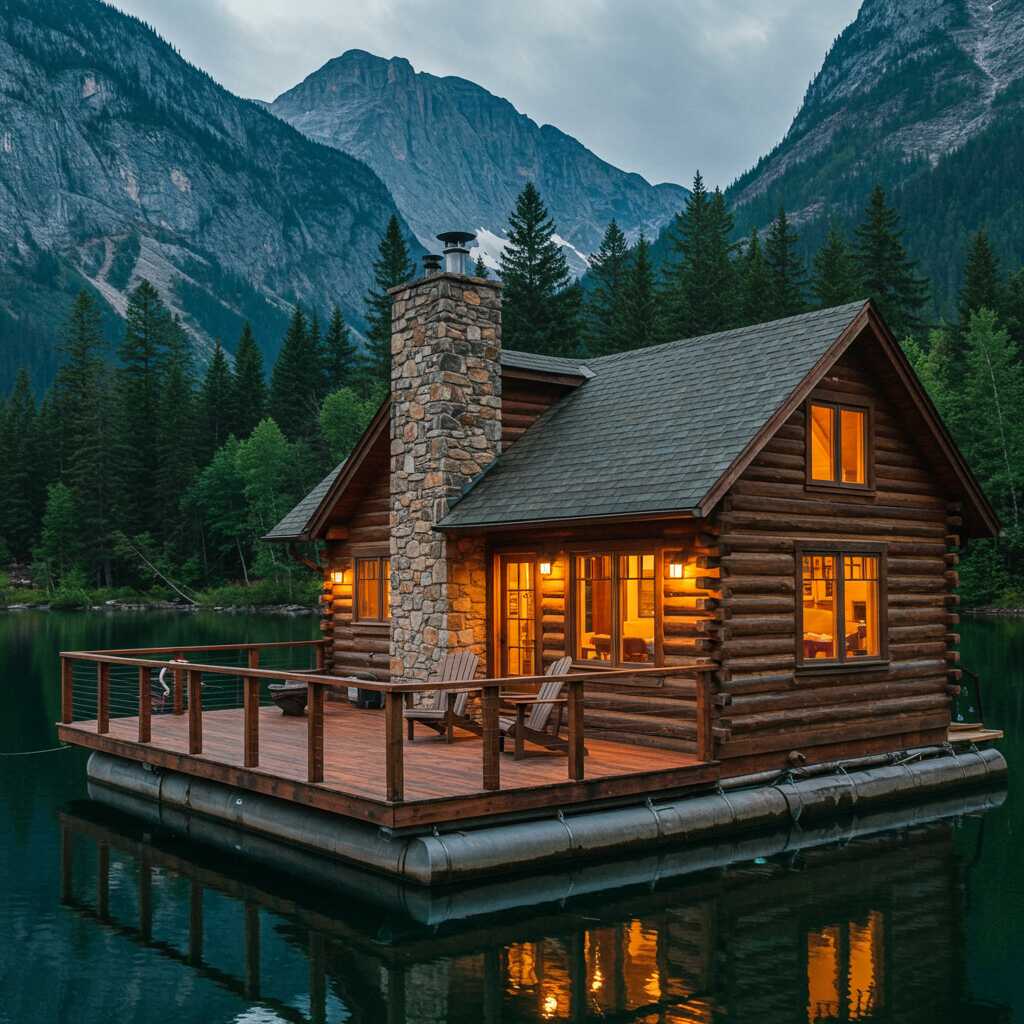
Conclusion: Redefining Living Spaces with Floating Cabins
Floating cabins are more than just architectural marvels; they are a testament to the boundless creativity and adaptability of design. From rustic elegance to modern minimalism and luxurious opulence, floating cabin design ideas offer a diverse array of possibilities for crafting spaces that resonate with individual lifestyles and aspirations. These structures transcend traditional notions of living, inviting us to reimagine our relationship with nature and our environment.
By embracing the versatility of floating cabin design, we unlock the potential to create sanctuaries that are as unique as they are functional. Whether through the warmth of natural materials, the precision of minimalist layouts, or the indulgence of high-end features, each style offers a distinct lens through which to view the concept of home. Moreover, the ability to blend these styles empowers homeowners to design spaces that are deeply personal and reflective of their values.
Ultimately, floating cabins challenge us to think beyond conventional boundaries, encouraging a harmonious coexistence with the natural world. They remind us that design is not merely about aesthetics but about crafting experiences that enrich our lives. As we continue to explore the possibilities of floating cabin design ideas, we pave the way for a future where innovation, sustainability, and personal expression converge to redefine the very essence of living spaces.

